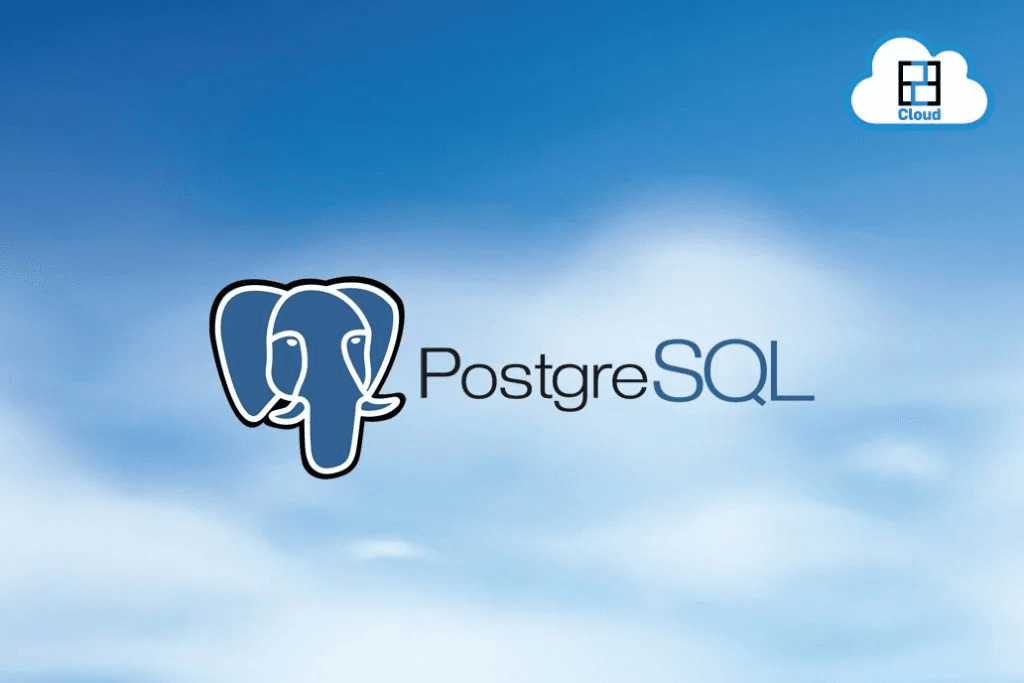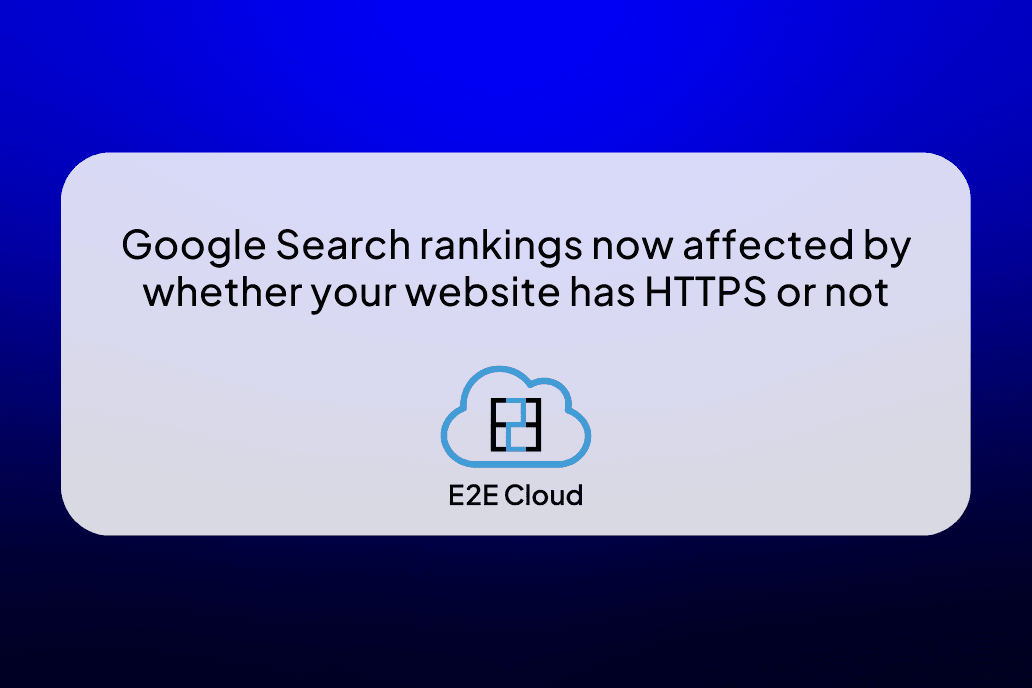Sentiment analysis is a natural language processing (NLP) technique for determining the positivity, negativity, or neutrality of data. Sentiment analysis is frequently used on textual data to assist organizations in tracking brand and product sentiment in consumer feedback and better understanding customer demands.
Here, we will be discussing- What sentiment analysis is? How to conduct it? Its applications? What tools can you use to do it?
Table of Content:
- What is Sentiment Analysis?
- How to conduct sentiment analysis?
- Application of Sentiment Analysis:
- Conclusion:
What is Sentiment Analysis?
Sentiment analysis is text mining that recognizes and extracts subjective information from the source material, allowing a company to determine the social sentiment of its service, brand, and product while monitoring online conversations. In most cases, however, social media stream analysis is limited to count-based metrics and basic sentiment analysis. This is analogous to only scraping the surface and missing out on those high-value ideas that are just waiting to be found. So, what can a company do to take advantage of the low-hanging fruit?
In sentiment analysis, you may examine text at varying degrees of depth, depending on your objectives. You might, for example, use the average emotional tone of a bunch of reviews to figure out what proportion of people enjoyed your new apparel line. If you want to discover what visitors like and hate about a certain garment and why, or whether they compare it to comparable goods from other companies, you'll need to examine each review phrase for specific elements and keyword usage. Two forms of analysis can be utilized, depending on the scale: coarse-grained and fine-grained. A sentiment can be defined on a document or phrase level using coarse-grained analysis. You can also extract a sentiment in each sentence part via fine-grained analysis.
How to conduct sentiment analysis?
Sentiment analysis methods and technologies enable you to examine your operations from the perspective of your customers. But how can you get such information out of user-generated data?
To begin, compile all relevant brand references into a single document. Consider your selection criteria: should these references be restricted in time, utilize just one language, or originate from a specified area, for example- The data must next be prepared for analysis, which includes reading it, removing any non-textual content, correcting grammar errors or typos, and removing all irrelevant items such as information about reviewers, among other things. We can evaluate and extract sentiment from data once it has been prepared. Because dozens, if not hundreds of thousands, of mentions may need to be analyzed, the ideal approach is to use software to automate this time-consuming task. Using commercially available tools and APIs. Various customer experience software gathers input from a variety of sources, provides real-time notifications on mentions, analyzes text, and visualizes the results.
Sentiment analysis is a function of text analysis platforms and tools, and it is merged with AI software that analyses text data to help you rapidly discover how people feel about your brand, product, or service. Sentiment analysis solutions function by automatically identifying the emotion, tone, and urgency in online chats and assigning them a positive, negative, or neutral tag, allowing you to prioritize consumer inquiries. Brandwatch, Lexalytics, Social Searcher, MeaningCloud, Talkwalker, Quick Search, and Rosette are just a handful of the sentiment analysis tools accessible.
Application of Sentiment Analysis:
Customers contact organizations in a variety of ways that make it difficult for employees to remain on top of everything. However, using sentiment analysis software, you may automatically sort your data as it enters your help desk. Let's look at some of the most common sentiment analysis applications:
- Social media monitoring: Because they're uninvited, social media posts can contain some of the most candid thoughts on your products, services, and enterprises. You can sift through all of that data in minutes with sentiment analysis tools, analyzing individual emotions and general public sentiment on every social site. Sentiment analysis can identify sarcasm, interpret popular chat acronyms (lol, ROFL, etc. ), and rectify common errors such as misspelled and misused words beyond simple definitions.
- Customer support: Due to the enormous volume of requests, diversified themes, and many departments within a firm – not to mention the urgency of each particular request – customer service administration poses numerous obstacles. Sentiment analysis using natural language understanding (NLU) scans ordinary human language for meaning, emotion, tone, and more, much like a person would, to comprehend client demands. To prioritize any important concerns, you may automatically handle customer service requests, online chats, phone calls and emails by emotion.
- Brand monitoring and reputation management: One of the most common uses of sentiment analysis in the corporate world is brand monitoring. Bad reviews may quickly accumulate on the internet, and the longer you wait to respond, the worse the problem will get. Negative brand references will be promptly alerted to you using sentiment analysis technologies. Not only that, but you can track the image and reputation of your brand over time or at any specific point in time, allowing you to measure your success. Whether you're looking for information about your brand in news stories, blogs, forums, or social media, you can turn that data into useful data and statistics.
- Product analysis: Find out what people are saying about a new product soon after it is released, or go through years of comments you may not have seen before. You may utilize aspect-based sentiment analysis to locate only the information you need by searching keywords for a certain product attribute (interface, UX, functionality). Learn how your target audience perceives a product, which aspects of the product need to be enhanced, and what will make your most valued consumers happy. All of this is possible because of sentiment analysis.
- Market and competitor research: For market and competition research, use sentiment analysis. Find out who among your rivals is getting favorable press and how your marketing efforts stack up. Examine the positive language your rivals use to communicate with their clients and incorporate some of it into your own brand message and voice guide.
Conclusion-
With technological advancements, the age of gaining useful insights from social media data has come. Sentiment analysis enables companies to make use of vast volumes of unstructured data to better understand their customers' demands and opinions about their brand.
Online chats are monitored by businesses in order to enhance their products and services and retain their reputation. The research elevates customer service to a new level. Customer service systems use Sentiment Analysis to categorize incoming inquiries by urgency, letting personnel prioritize the most demanding consumers. Sentiment analysis may also be used for workforce analytics.
If you have not considered using sentiment analysis for crunching your user database, then what are you waiting for?









